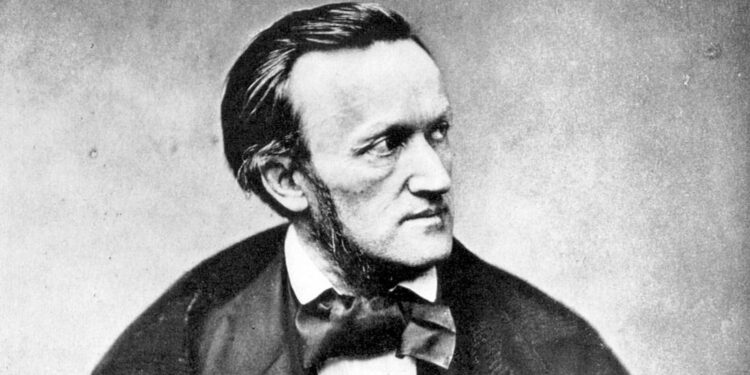Richard Wagner, a towering figure in the world of classical music, left an indelible mark on the operatic landscape with his innovative compositions and grand artistic vision. Among his celebrated works, “Lohengrin” stands out as a masterpiece that exemplifies Wagner’s revolutionary approach to opera.
Composed between 1845 and 1848, “Lohengrin” premiered in 1850 in Weimar, Germany, under the baton of Franz Liszt. This romantic opera in three acts tells the tale of the mysterious Knight of the Holy Grail, Lohengrin, who comes to the rescue of Elsa, a noblewoman falsely accused of murdering her brother.
The opera’s story, rooted in medieval German legend, explores themes of love, trust, and the conflict between the earthly and the divine. Lohengrin arrives in a boat drawn by a swan to defend Elsa, on the condition that she never asks his name or origin. This central premise creates a tension that drives the dramatic narrative forward, ultimately leading to the opera’s tragic conclusion.
Wagner’s musical innovation is on full display in “Lohengrin.” The composer employs his developing concept of leitmotifs – recurring musical themes associated with specific characters, objects, or ideas. This technique, which Wagner would later perfect in his monumental “Ring Cycle,” helps to weave a complex musical tapestry that enhances the storytelling.
The opera is perhaps best known for its famous “Bridal Chorus,” commonly referred to as “Here Comes the Bride,” which has become a staple of wedding ceremonies worldwide. However, this popular excerpt is but a small part of Wagner’s rich and emotionally charged score, which features soaring melodies, lush orchestration, and dramatic choruses.
“Lohengrin” represents a crucial point in Wagner’s artistic development. It bridges the gap between his earlier, more conventional operas and the revolutionary music dramas of his later years. The work’s emphasis on continuous music, rather than distinct arias and recitatives, foreshadows Wagner’s mature style.
The opera’s themes of redemption through love and the tension between the spiritual and the earthly would become recurring motifs in Wagner’s later works. “Lohengrin” also reflects Wagner’s interest in German mythology and his desire to create a distinctly German operatic tradition.
Despite its initial mixed reception, “Lohengrin” has secured its place as one of the most beloved operas in the repertoire. Its combination of captivating storytelling, innovative music, and profound themes continues to resonate with audiences, cementing Wagner’s status as one of opera’s greatest innovators.
newshub











Recent Comments